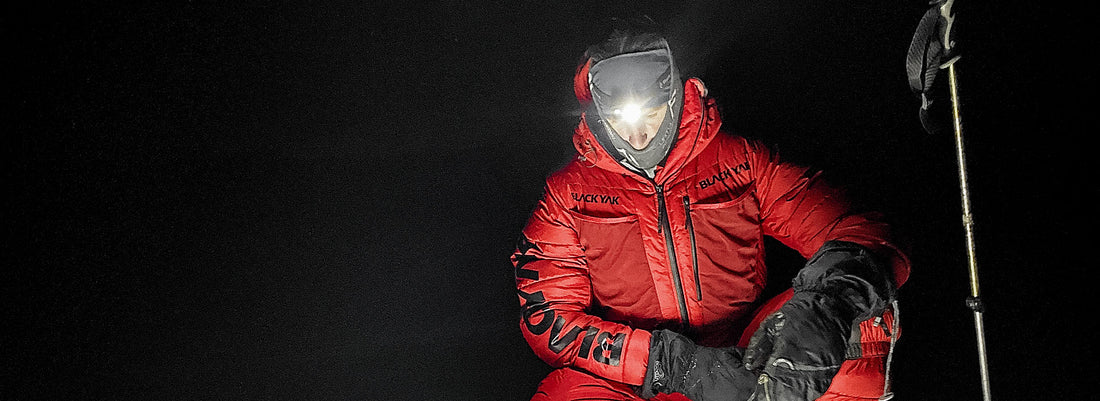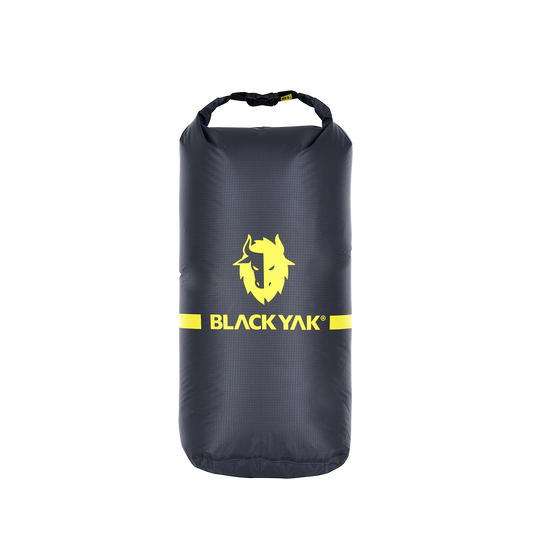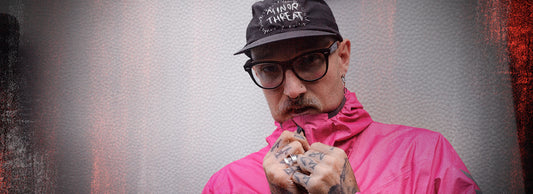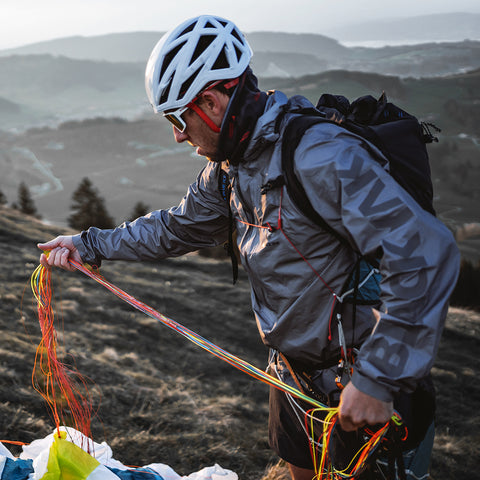Where to go, what to bring, how to train, what equipment to use....and the list just go’s on and on. That’s maybe the beauty of expedition climbing – you will never know enough to get it all covered. We can call of that adventure if you like.

Instead of given you a list of 100 good advice I will do it the other way around. I will talk some about all the No Go ́s I see on my expeditions and climb ́s around the world and give some ideas to keep focus before and especially when you are on the expedition. Back home we are all heroes and tend to forget the real challenge in the mountains.
“To summit a mountain doesn’t define if an expedition was a success or not. It ́s all about what you bring back in your backpack of memories and what knowledge you actually gained”.
First, let ́s look back a little
The term of mountain climbing can be traced back to 1760. That year Horace-Bénédict de Saussure, a young scientist from Geneva, Switzerland, offered a prize to the first person who could climb to the summit of Mont Blanc. That year Blanc, the highest peak in the Alps!
Mountaineering, as an activity, has a rich and fascinating history that goes back centuries. It has evolved from the necessity of survival and exploration to a passionate pursuit that combines physical endurance, technical skill, and a deep connection with nature – a quest for an adventure you might say.

The history of mountaineering from the early expeditions driven by survival instincts to the emergence of mountaineering as a recreational pursuit, has evolved into a sport, passion or even jobs for locals in the remote mountain areas, Sherpas and mountain guides. Some milestones include the first recorded ascent of Mont Blanc in 1786, and the historic achievement of Sir Edmund Hillary and Tenzing Norgay summiting Mount Everest in 1953 to more interesting extreme Alpine accent of vertical walls and mountain all over the world.
The development in high-altitude climbing regarding service, safety and logistic solutions has made a big different the last decade or two and specially the last maybe five years - Today the big classic climbs on Mount Everest, Manaslu ....7-8000m peaks, even K2 has now been opened for the more moderate climbers and clients to actually go on big expeditions and summit with help from Sherpas and big amounts of bottled oxygen and fix-ropes. Meaning that there is a big difference on how you climb and what responsibility and experience you bring into it.
In the mountains we are all the same. Here is a few hard leaned lessons and some of the struggles I often see and deal with on my expeditions as a guide.
Let ́s get started:
(Listed in no practically order)
DON’T UNDER-ESTIMATE THE STRUGGLE
Back home in your training gym or living room it might seem possible to think that you will be able to carry loads of 25kg between the camps, but you’re not a sherpa or mountain guide... and not load trying to be. The standard you can plan around is to go with half the weight than you can at home. High altitude will just eat you up. Take what you think you can and take anything higher as big bonus or reward. Doing it the first week doesn’t mean you can do it the next, so just accept and enjoy that you actually have to work hard to get this done.
DON’T FORGET TO LOOK UP AND INTERACT
I see many people that forget and actually only see little of the places they move through. Don’t be the climber who never learns a single word in the local language, never sees the local markets, never interacts with local people, never even talks to the sherpas or drinks tea with the kitchen staff... Or if you do – don’t go home and think you know anything about the place you just visited. Be present and you will gain twice as much joy from the expedition.
YOU ARE NOT AN ALPINIST IF YOU DONT…
Going light on all your gear is not always the best solution. Gear still needs to be fit for the climb and I have seen many people change their plans after super-light gear failed to do what something slightly heavier would have done perfectly. Expedition climbing is not about speed but endurance.
REMEMBER TO EAT
Make sure to eat as normally as possible because in high altitude and a few weeks into the expedition you won’t be able to replace what you didn’t eat and it’s just downhill from there. Even if it’s just a snack or your favorite chocolate, get carbohydrates into your system at regular intervals. Your body is already confused enough about the altitude, don’t add random caloric input. Be smart.
DON’T BE A HERO – YOU NEED TO ACCLIMATISE
Everyone thinks the rules don’t apply to them and getting day faster to base camp will be better. This attitude can lead for plenty of people having horrible nights in their tents due to the self-induced hell of being unacclimatised. One way or another your body has to get attuned to the altitude. Attitude gets all people at some point and the way to get accustomed is simply to go easy. The transformation happens when you sleep, not when you’re punching up the trails before you have even reached base camp. Chill out, go easy and aim to sleep higher in small steps

Things always seems to be harder than they really are. The weather is bad, the cold, the heat, small things can get very big on an expedition. The hard stuff is more than just a sign of weakness. Try to enjoy the sunrises, the mountains, the struggle and the fact you are in places that most other people in the world will never see. Don’t act like this has been forced on you. You even paid money to be here. Trust the process.
DON’T TURN AROUND UNTILL THE “FAT LADY SINGS”
Don’t say it’s impossible, to steep, to hard, to long... when you are not there. Get yourself within striking distance of a climb before deciding if it’s possible or not. A shot in proportion to know with what you can get away with. When it stops moving forward rethink, but not before. Many impossible climbs were found possible with closer inspection. Do you best when you’re actually there.
WHEN IT ́S OVER IT IS ACTUALLY OVER
If the turnaround comes don’t run and hide. For a start, it won’t make much difference because the world turns at its own pace, not at yours. But also, because the post-climbing phase is where you get the chance to relax. Sleep a bit more, sit and watch the things you couldn’t watch on the way in, stop thinking only about climbing and what you didn’t do and climb this time. You certainly can plan for another expedition.
IT ́S ONLY CLIMBING
It’s climbing, not rocket science or curing cancer you’re dealing with here. No matter what - it’s not worth dying for. Don’t spoil a beautiful expedition by turning it into some sort of no limit process like the world depends on it. Weather will co-operate or it won’t, there will be good days and bad. Learn to look at yourself from the outside and realize we are just people that like climbing mountains.

BRING THE RIGHT STUFF
Make sure to bring the right gear that fits the climb you’re doing. You don ́t need a down suit and 8000m boots on a small 6000m peak in Nepal – even if the dude in your local gear shop say ́s so. The risk that he has never been there is quite real. Do your homework and interact whit the right people
The list might go on and on but this is some of my experiences for more than two decades of climbing and guiding.
If you are new in “the game” it ́s all about trusting the process and preparing the best way possible. If you do your training, team up with strong companies/climbers then you are half way there.
-
YAK LOGO 8L DRY BAG
The YAK LOGO 8L DRY BAG allows you to protect your jacket, pants or valuables...Regular price 20,00 €Regular priceUnit price per -
MEN'S MANDU HOODED EXPEDITION DOWN JACKET
The secret to its incredible performance lies inside the MANDU HOODED EXPEDIT...Regular price 980,00 €Regular priceUnit price per













